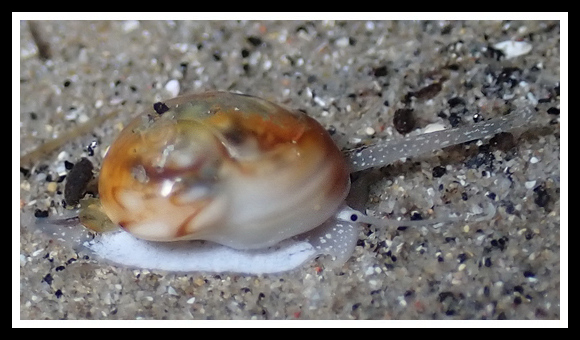
Scavenger in the shallow infralittoral, in sheltered places.
Original taxon: Cyclope pellucida. Synonym: donavania.
On sand in shallow water, off the dam, Pointe Rouge, Marseille, Provence, S.&nbvsp;France. Original picture provided by S. Le Bris for iNaturalist – (CC BY-NC).
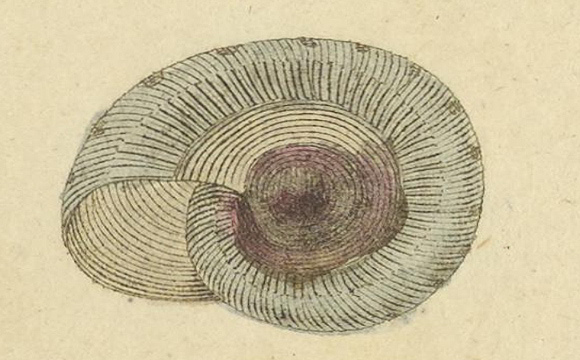
The genus Cyclope was described as follows: « shell oval, depressed; whorls flat; suture scarcely traced; perfect peritreme often covering the lower whorl to the left; edge of the siphon notched with obtuse angles; operculum horny, entire. » (Risso, op. cit. p.169).
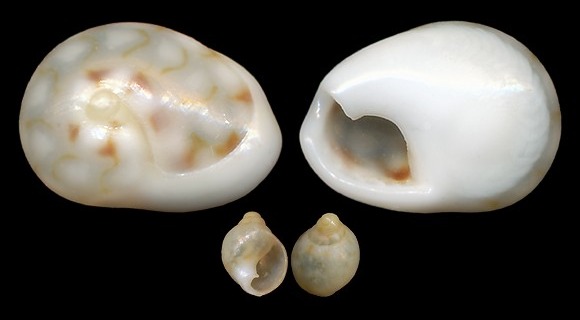
2m deep, city beach, Isola Rossa, NW. Corsica. 5mm.
According to Scaperrotta, Bartolini & Bogi, the little shell is a very juvenile – probable downslope transportation at 50m deep, Scilla, Messina Strait, SW. Italy. 1,2mm.
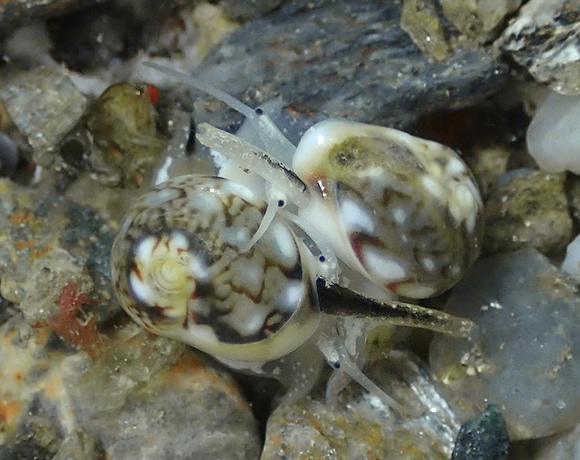
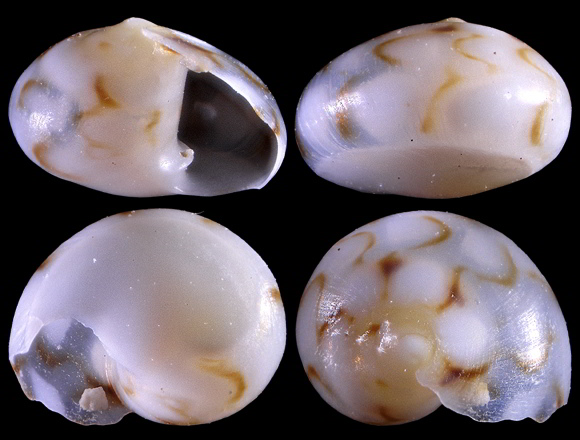
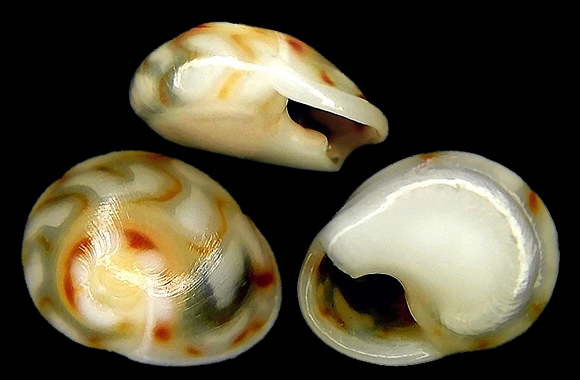
Original pictures provided by A. Capici (IT).
– (CC BY-NC-SA) –